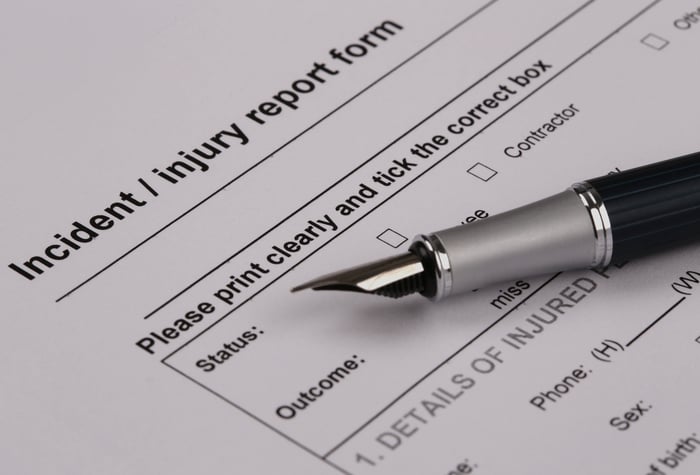
4 Claim Handling Best Practices for WC First Report of Injury
 Guidelines for filing the First Report of Injury or Illness (FROI) varies state to state. Being able to navigate through this tangled web of rules and regulations can be difficult. The timeline for filing differs, as does the form itself. Some states use the same form; other forms are state-specific. Who files the form varies as well. States may require initial reporting by either the employee, the employer, or the insurance carrier. These guidelines need to be considered during the workers’ compensation claim handling process to ensure the claim is adjudicated properly.
Guidelines for filing the First Report of Injury or Illness (FROI) varies state to state. Being able to navigate through this tangled web of rules and regulations can be difficult. The timeline for filing differs, as does the form itself. Some states use the same form; other forms are state-specific. Who files the form varies as well. States may require initial reporting by either the employee, the employer, or the insurance carrier. These guidelines need to be considered during the workers’ compensation claim handling process to ensure the claim is adjudicated properly.
While navigating these variances regarding how and when to file the FROI, claim adjusters need to understand the guidelines for each state. This will help them to avoid confusion and ensure compliance to state regulations.
What to be Aware of When Filing the FROI
#1 FROI Responsibilities Vary from State to State
One of the most challenging aspects of workers’ compensation claim handling is the significant variances by state. From the onset of an accident, states vary on the responsibility, requirements and timeframes for reporting a claim. It is important to outline each state’s specific claim handling guidelines and be sure your adjusters are well informed in this area.
 #2 Who is Responsible for Filing the FROI?
#2 Who is Responsible for Filing the FROI?
This is a significant variance between states. Understand who the state considers as the responsible party for filing the notification. For many states, the responsibility for notice falls on the employer and/or the insurance carrier. Some states require the employee to provide proper reporting and notice. Having a clear understanding of this will ensure timely handling of the claim.
For example, in Illinois, employers or insurers must report on all accidents involving more than three lost work days. The time frame depends upon whether the accident was fatal or nonfatal.
#3 When is a FROI Required?
To make it even more confusing, states vary on their requirements and timeframes for filing a FROI. Some states do not require a filing if the claim is considered Incident Only. Other states do not require filings for Medical Only unless a certain threshold is exceeded.
Even when the FROI is not required by a state, filing should still be considered as it may activate the statute of limitations. Some states will allow and accept a filing when the FROI is not required. This is also a useful tool in identifying prior injuries for all future claims.
The challenge with this is the expense of a FROI that is not required. Consider the employer’s or insurer’s instructions or current best practices regarding these types of filings.
States also vary on how and where the FROI should be filed. While the majority of states accept EDI filings through EDI vendors, some states require registration and filing through their own state portal.
#4 Consider the Legal Climate of the State
Lastly, identifying the jurisdiction’s current legal climate is a good guide on managing claim handling guidelines. If the legal climate is liberal, it is likely in your best interest to take an aggressive reporting and filing position.
Conclusion
Ensuring your claim department has a thorough understanding of the ins-and-outs of workers' compensation claim handling and FROI filings for each state will ensure timely handling of the claim. Providing your adjusters with easy access to state regulations will help their productivity when handling these claims and ensure filings are completed within the required timeframe mandated by the state.
There is a cultural shift going on in the industry where the thought process is moving from “Is a FROI required to be filed?” to “Can/should a FROI be filed?”.
In navigating these rules, it is important to provide claim adjusters with clear guidelines for each jurisdiction to avoid confusion and ensure compliance.


